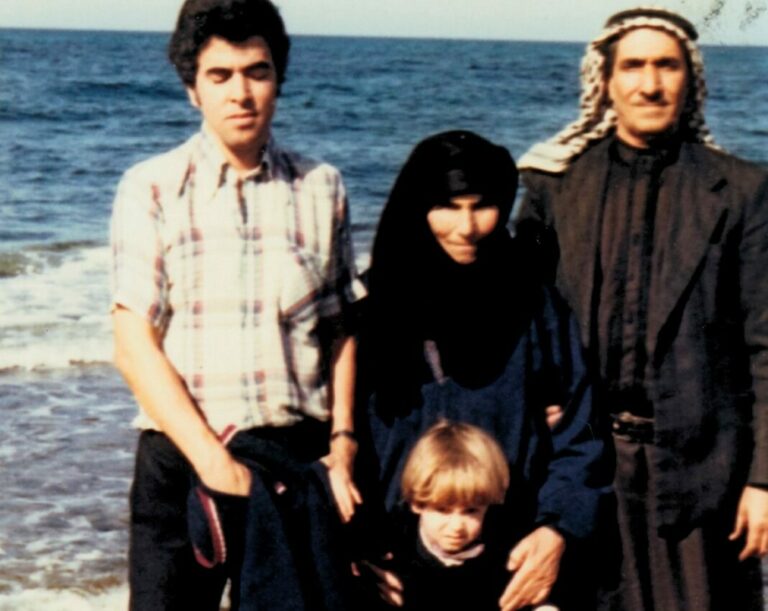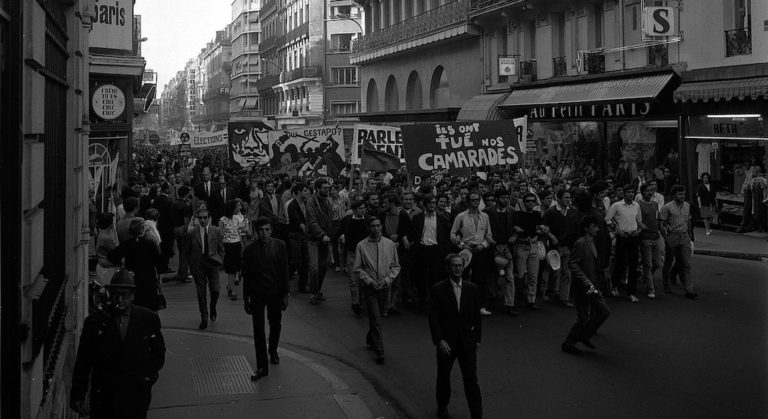Which do you prefer: two kisses on the cheek or a hug?
The distinction between American vs. French greeting is perhaps the most recognizable (and awkward) difference between the two countries. Hugging is a part of the American way of life, it’s how we greet family members, friends, significant others, acquaintances, and even strangers on first meeting.
The French, however, are religious about the double-kiss, or la bise. One per check (though the number varies from region to region), without actually touching the lips to the cheek, while making a soft kissing sound. It’s a cheek-to-cheek air-kiss. When I do la bise in the U.S., I feel like a gilded heiress at a Park Avenue fundraiser… or a Desperate Housewife.
For most Americans in France (myself included), the French greeting is deeply uncomfortable. While studying abroad in Paris, I adapted to the double kiss, but I didn’t like it. Getting that close to the face of an acquaintance or even friend felt just plain wrong. Furthermore, which cheek should be kissed first? How many kisses on each cheek? What if my kiss accidentally made a smacking sound in their ear? Most importantly, la bise lacks the soulful resonance of a deep hug. When my host mother of five and a half months dropped me off at the airport for could very well be our final face-to-face encounter, we bid adieu with la bise. It was an unsatisfying parting of ways.
But just as how Americans in France must adapt, French people in America must adapt as well. “I didn’t feel comfortable giving hugs because it was too intimate,” says Nathalie, a French woman living in NYC. “For me, you don’t touch people that way.” Her concerns about hugs were oddly similar to mine about la bise. Which side do you put your head when you hug someone? Where do you put your arms? How long should it last? Our sentiments about the closeness of each greeting were oddly similar as well. “Like, people come into my zone, my bubble,” says Natalie. “It’s a bit disturbing and annoying.”
In retrospect, I regret not pushing myself to use la bise more. I can count on one hand the number of times I greeted my host mother with la bise. It was rude of me not to greet her with la bise when I came home, or when I saw friends at the beginning of class. Nathalie gives me hope though, that I’ll feel more at ease with practice. “I feel more comfortable with hugs now,” she says. (No doubt it’s because of all the Americans who assume that everyone wants a hug.)
For more analysis on this cross-cultural puzzle, check out this French Morning video that provides a lesson in hugging for struggling French expats!:
Featured image: Stock Photos from Iakov Filimonov /Shutterstock










